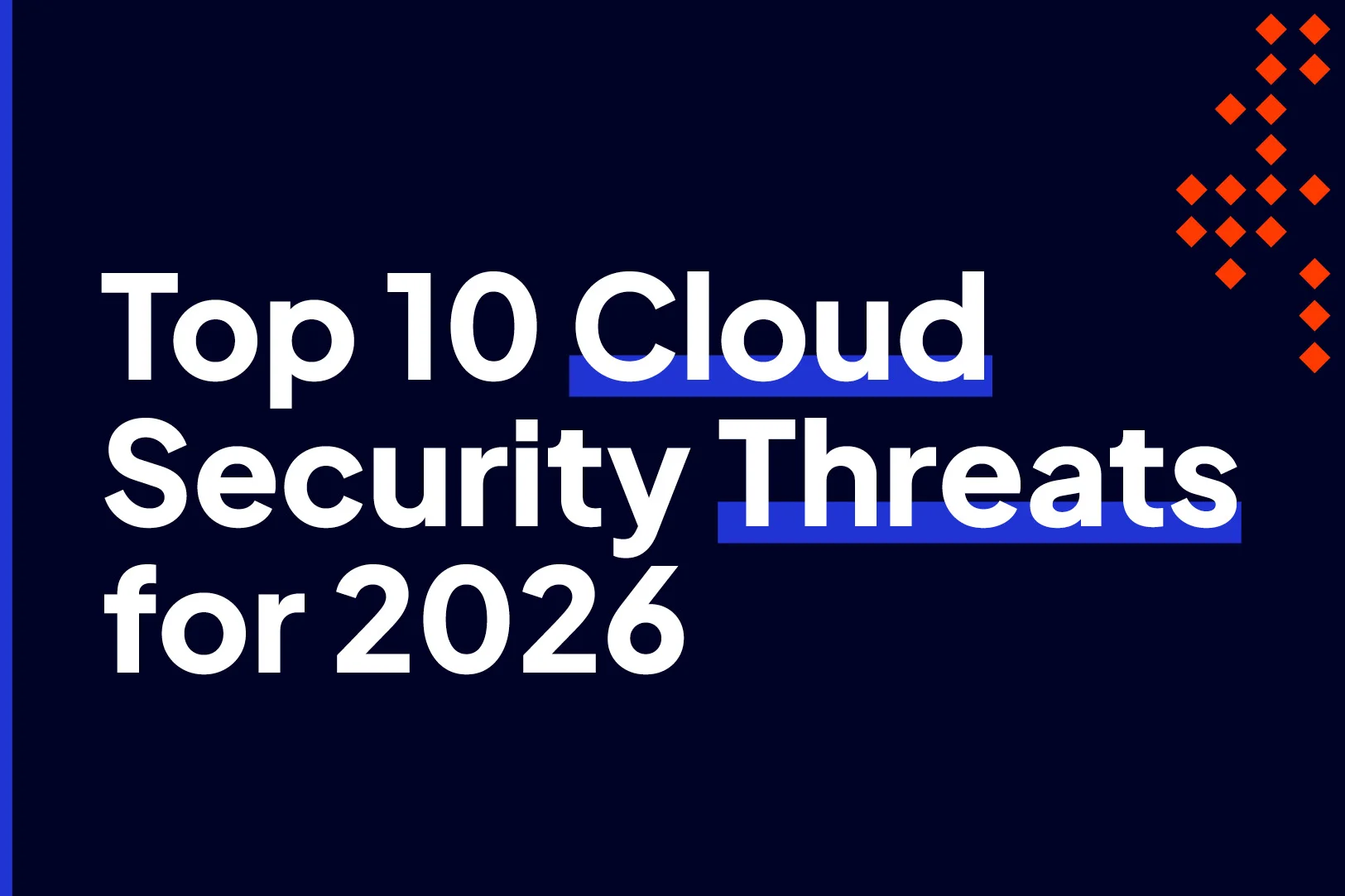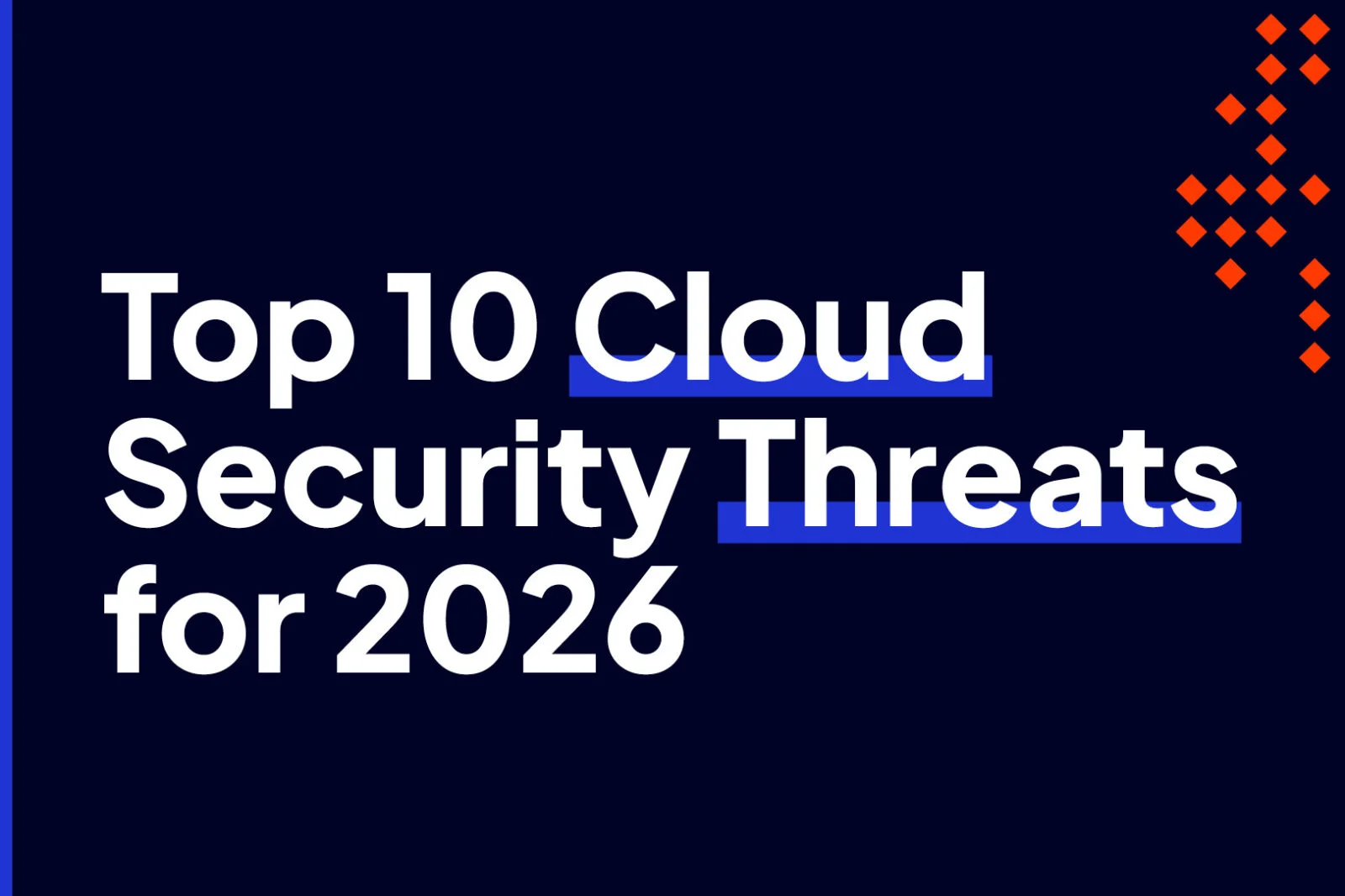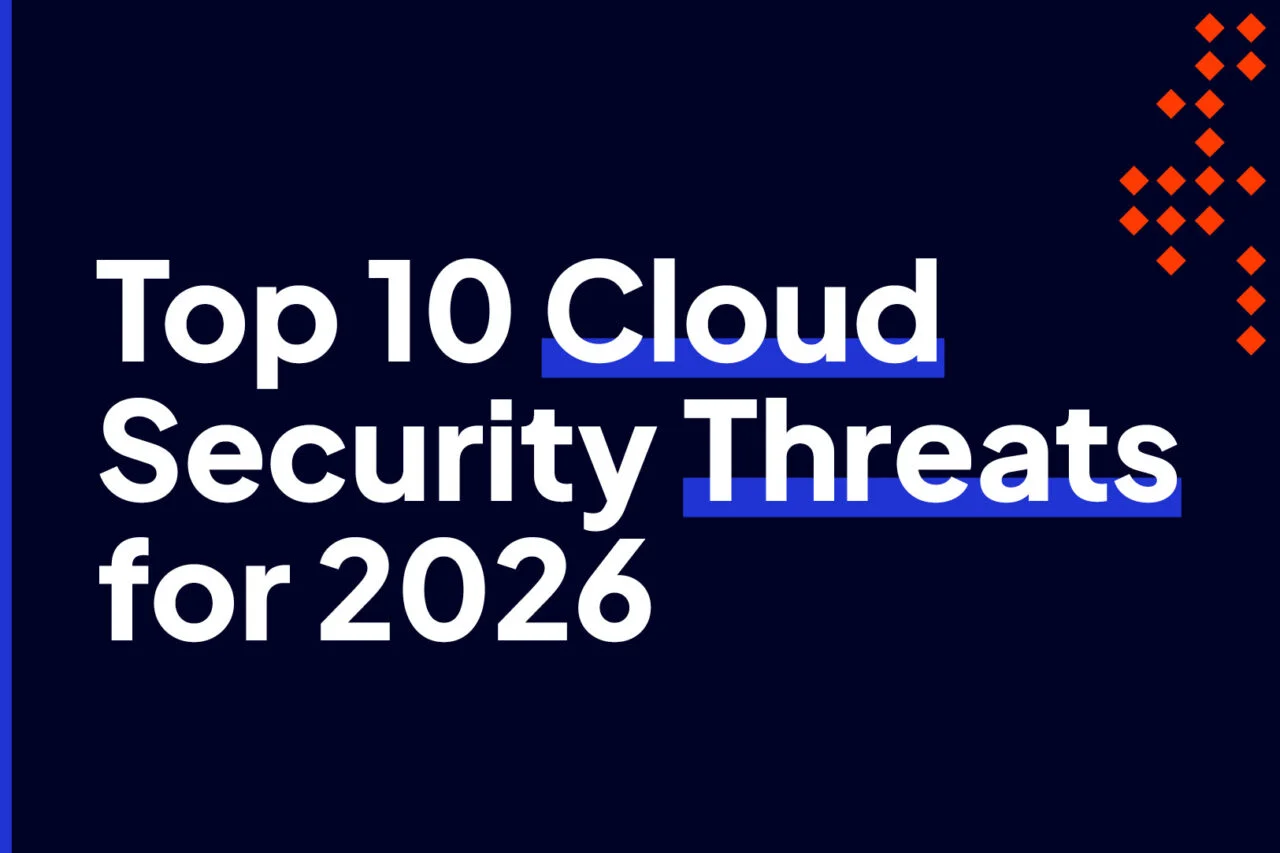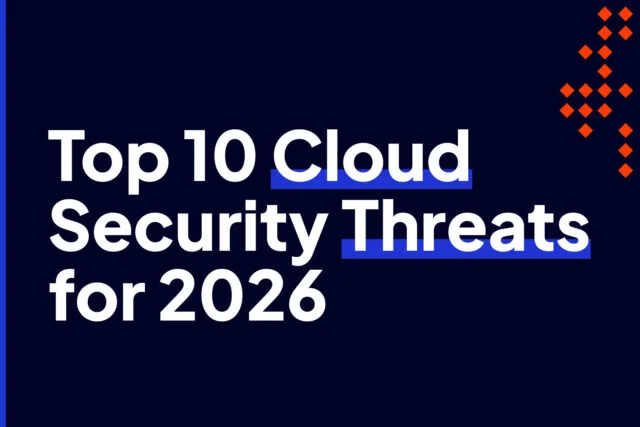






The boundaries between trusted and unsecured networks are dissolving fast. At the same time, the rise of AI-powered attacks and complex multi-cloud dependencies is redefining how risk propagates across digital ecosystems.
Let’s break down the top 10 cloud security threats to watch out for in 2026. By recognizing these risks now, you can take proactive measures to strengthen defenses in your respective cloud environments.
One of the most disruptive threats on the horizon is agentic AI exploitation, where trusted AI systems are manipulated into misusing their privileges. As organizations like yours embed AI agents into cloud-native workflows and orchestration layers, these tools inherit access once reserved for humans, introducing what’s known as the Confused Deputy Problem.
Here, attackers don’t exploit software vulnerabilities. Rather, they exploit context. By tricking an AI system into executing legitimate actions on their behalf, adversaries can:
When these actions are performed by AI agents instead of humans, they’re carried out at machine speed.
In Cloudera’s “The Future of Enterprise AI Agents” report, which was released last April, 96% of survey respondents said they plan to expand their use of AI agents in the next 12 months. So by 2026, AI agents will sit at the center of more workflows, and your cloud environment will depend on their judgment more heavily than ever.
Without context-aware access controls and strict isolation of system prompts, these “autonomous deputies” could become the newest vector for large-scale cloud compromise.
Generative AI has pushed social engineering into a new, dangerous league: flawless deepfakes and hyper-phishing that mimic voices, video, and writing with near-perfect fidelity.
Attackers use these tools to craft ultra-personalized messages that impersonate executives, vendors, or support staff. When the message appears authentic, you or a member of your team may unknowingly authorize credential sharing, payments, or administrative changes in cloud consoles.
This is a cloud security threat because those communication methods often serve as the entry point to sensitive cloud resources. A convincing voice request or forged email can authorize access, change IAM settings, or approve infrastructure changes that expose data or widen the attack surface.
Traditional awareness training struggles against these automated, highly targeted campaigns. Reducing this risk requires moving beyond human discernment toward phishing-resistant, automated verification.
Despite rapid advances in cloud automation, misconfiguration remains a major challenge. In fact, in a survey conducted by the Cloud Security Alliance (CSA), respondents identified cloud misconfigurations as the number one concern among cloud security issues.
By 2026, that risk will only grow. As your cloud environment expands through infrastructure-as-code (IaC) templates, container orchestration, and autonomous provisioning, a single overlooked setting can expose vast amounts of data or critical services to the public internet.
Attackers, increasingly aided by autonomous reconnaissance tools, can now detect and exploit these weaknesses within minutes of deployment. In multi-cloud environments, where visibility and policy enforcement differ by provider, the likelihood of inconsistent configurations rises dramatically.
Continuous posture management, IaC scanning, cloud traffic monitoring, and automated remediation workflows will become essential defenses against this silent but pervasive form of exposure.
Being the fundamental plumbing of modern cloud apps, APIs are high-value targets. And as your organization implements more microservices, serverless functions, and rich client-side apps, your number of exposed endpoints multiplies.
Many of these implementations lack consistent security controls. Attackers are known to exploit overly permissive interfaces, shared keys, broken authentication flows, and lax input validation to pull large datasets and exfiltrate sensitive data, trigger costly downstream operations, or achieve denial-of-service.
As your cloud environment grows, so does the number of service accounts, automation tokens, and stale user profiles that quietly accumulate. These ghost identities often retain privileges long after they’re needed. Attackers exploit them because they’re often forgotten. Therefore, they provide attackers with a quiet, low-friction pathway into your cloud environment.
Once inside, adversaries can move laterally or escalate access while appearing legitimate. In some cases, they even backdate their presence to make the breach look older and harder to investigate. Reducing this risk means continuously auditing permissions, enforcing identity lifecycle hygiene, and verifying that every credential still has a reason to exist.
Over-permissive IAM roles remain one of the most direct paths to cloud compromise. As you grant services, workloads, and users broad access “just to keep things running,” privilege boundaries begin to blur. Attackers take advantage of these oversized permissions because they don’t need to break in if they can simply use what’s already allowed.
Once a single key, token, or role is compromised, adversaries can read data, modify configurations, deploy resources, or disable logging, all under the guise of legitimate access. Reducing this risk means enforcing least privilege, regularly reviewing entitlements, and ensuring no role has more authority than it truly needs.
Targeted account poisoning occurs when attackers subtly alter trusted accounts, profiles, or configurations over time, without triggering alerts. Instead of stealing credentials outright, they gradually shape your identity environment to work in their favor. For example, they may add a secondary MFA device, create hidden forwarding rules, or attach silent permissions one intrusion session at a time.
Because these changes appear administrative and legitimate, they’re easy to miss during routine audits. Once the account is fully “poisoned,” attackers can operate as an internal user with long-term persistence. Detecting this threat requires baseline monitoring and regularly validating that account behavior aligns with expected usage.
Cloud-native malware is built to blend into the environment you already trust. Instead of dropping obvious binaries, it runs inside containers, serverless functions, and managed services, using your own cloud tools to stay hidden.
Because it rides on legitimate processes and east-west traffic, traditional endpoint agents and signature-based detection often never see it. Once active, it can harvest credentials, move laterally, and deploy additional payloads without triggering clear alarms.
Protecting against this threat requires runtime visibility, continuous monitoring of internal network behavior, and validating that workloads are doing only what they were designed to do.
Even when you vet your primary vendors, their vendors (i.e., their cloud services, code libraries, and AI assistants) quietly extend your attack surface. These fourth-party dependencies are often untracked, unmonitored, and outside your contractual visibility. Attackers know this. They can compromise a smaller, downstream provider and let access ripple up the trust chain until it reaches you.
Because the intrusion appears to originate from a “trusted service,” it can bypass scrutiny and logging. To reduce this risk, you need continuous visibility into which external services your cloud workloads rely on, not just who you signed contracts with. In complex ecosystems, trust must be verified, not assumed.
When you run in the cloud, you inherit the security posture of every provider behind it. Attackers are increasingly targeting cloud platforms, managed service vendors, and software update channels to compromise many organizations at once.
If a provider’s control plane, support portal, or update pipeline is breached, the attacker doesn’t need to hack you directly. These intrusions are difficult to detect because activity appears to come froer-level advisories, validating changes in your environment, and ensuring no external system has more authority than your workflows actually require.m legitimate services and IP ranges. Reducing this risk means tracking provid
While many of the threats outlined in this report originate inside complex cloud environments, a significant portion of real-world compromise still depends on external communication. Attackers must interact with command-and-control servers, impersonate trusted domains, target users through high-realism phishing, or route data to remote destinations.
This is where Intrusion’s strength lies. By evaluating traffic based on IP and domain reputation, network behavior, and threat intelligence, Intrusion helps you identify and block malicious external activity before it leads to data loss, unauthorized access, or supply chain exposure.
Here are some examples:
Because these attacks require external communication, Intrusion can:
Intrusion can’t validate API schema or logic, but it can:
In other words, Intrusion is useful for catching API abuse after the attacker gains a foothold but before large-scale data exfiltration occurs.
Intrusion does not solve IAM vulnerabilities, but it can detect when a compromised identity:
So, while Intrusion doesn’t prevent the compromise, it can detect suspicious use after compromise.
If you want to better understand how these threats apply to your environment and how to address them, reach out to us. Book a short, no-pressure conversation to explore practical steps for reducing risk in your cloud environment.